The last XC90 out of the Torslanda plant will join the Volvo Museum Collection; plant prepares for production of the all-new XC90.
Today marks the end of an era for Volvo Cars as production in Sweden of the iconic XC90 comes to an end after 12 highly successful years. The story began on 7 January 2002, when Volvo Car Corporation launched an eagerly awaited new model at the Detroit Motor Show. It was a car that dealers and customers principally in America had been yearning for – the Volvo XC90.
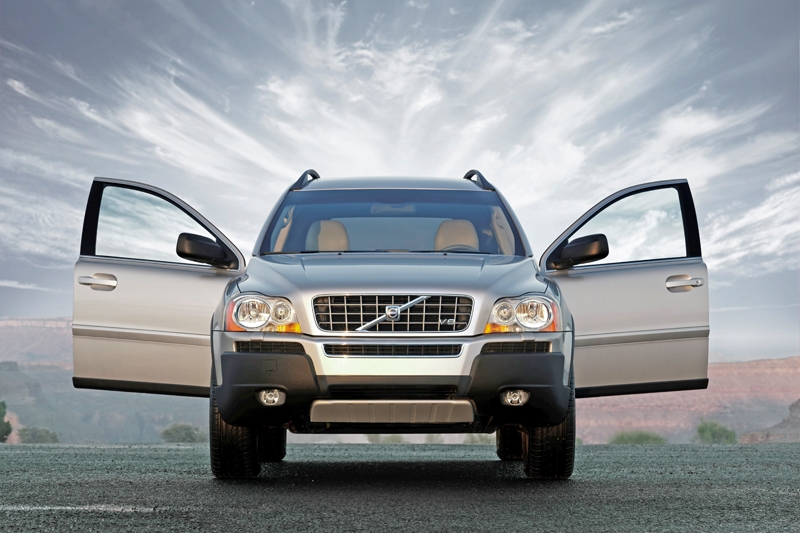
The XC90 was awarded more than 100 international awards, including "SUV of the Year", as early as 2003. It was also named Sweden's most valuable export product, with an annual export value of more than SEK (Swedish Krona) 40 billion - or SGD 7.3 billion - in the peak years. And before sales started in 2003, Volvo's dealers had already received 15,000 orders.
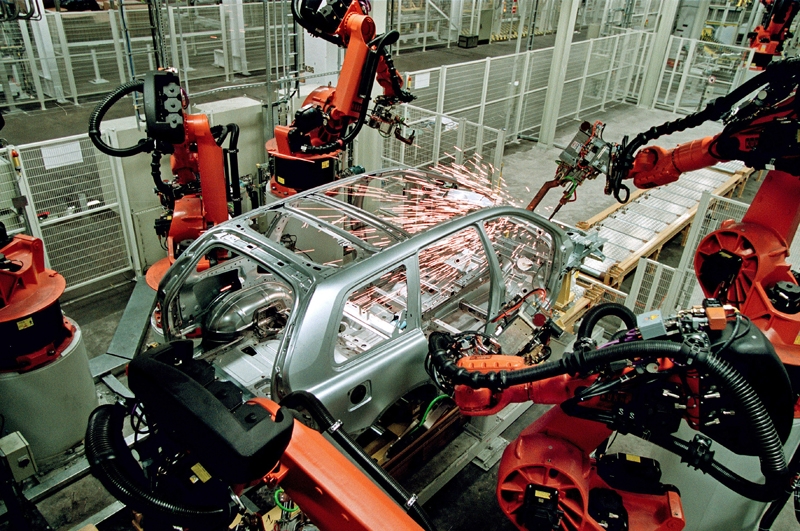
After producing 636,143 XC90s, a legend of the car world will leave the factory in Torslanda today to make room for the next generation XC90. The last XC90 made in Gothenburg will be driven directly to the Volvo Museum, also located in Gothenburg. However, production of the current XC90 will continue in Volvo's new car plant in Daqing later in the year, under the name of "Volvo XC Classic", which will only be sold in China.
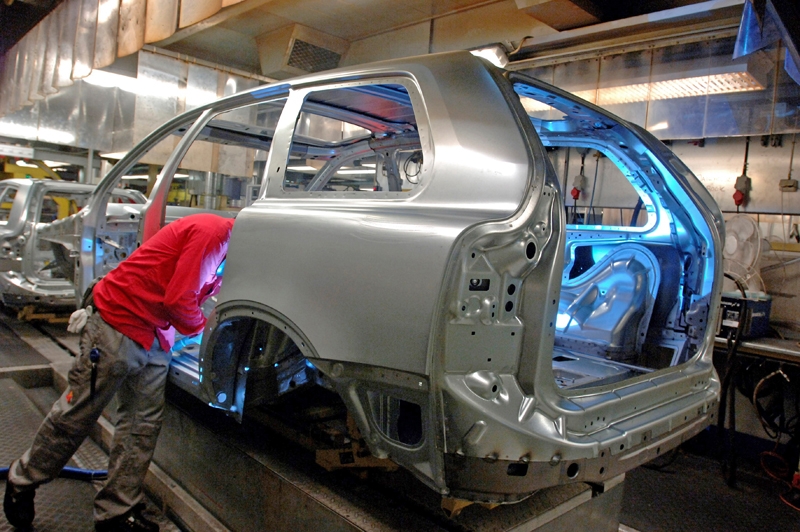
The all-new Volvo XC90 will also be produced in the Torslanda factory. The car, which will be revealed in August, will start production at the end of January 2015.
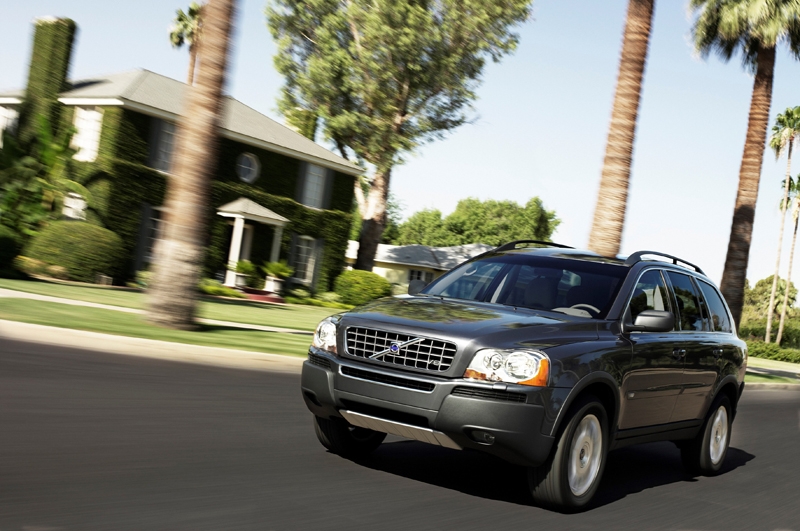
Hans-Olov Olsson, who is currently the Vice Chairman of Volvo Car Corporation's Board of Directors, was responsible for sales in the USA at the end of the 1990s. In 1998, he succeeded in convincing the company's then CEO, Tuve Johannesson, that the company should invest in an SUV.
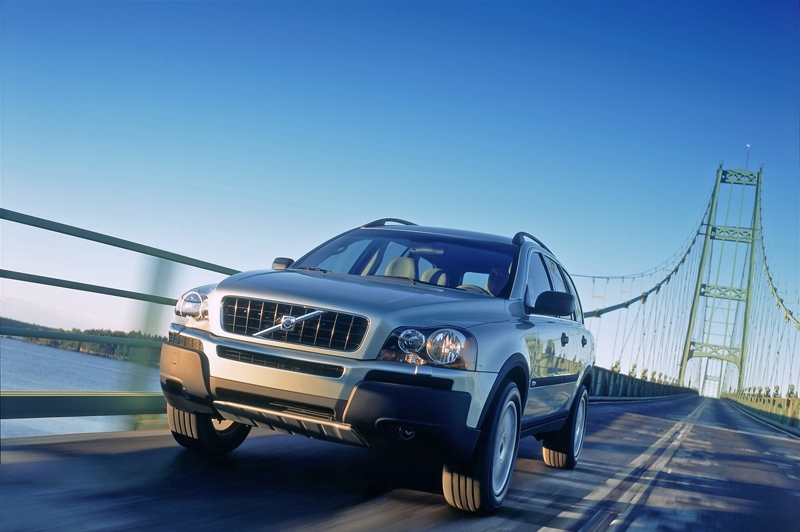
In August 1998, Volvo Cars project director Hans Wikman was commissioned to develop a proposal for a modern, 7-seater SUV that was not too large. The car project was named "P28", and was to be based on the same platform as the Volvo S80 and should be launched in 2002. The aim was to sell 50,000 cars a year; a goal that would be beaten by a clear margin. During the peak years of 2004 to 2007, around 85,000 cars were sold each year. The USA has been the largest single market for the XC90, with record figures achieved in 2004 (38,800 cars sold) and 2005 (36,200).
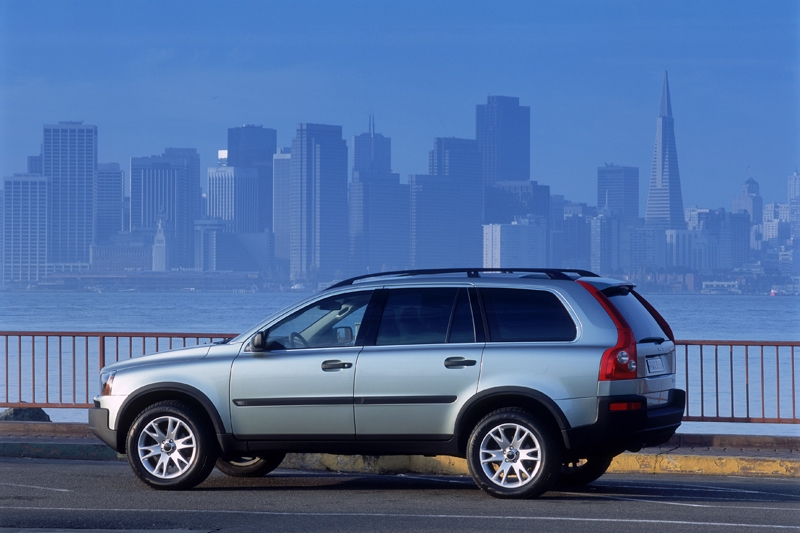
The Volvo XC90 also presented five global innovations when the car was introduced in 2002: RSC (Roll Stability Control), a system that uses a gyro sensor to detect and counter the risk of overturning, and ROPS (Roll Over Protection System) to optimise the protection for everyone in the car in the event that, despite everything, it should still overturn. Then there is the inflatable side curtains for all three rows of seats. Also not forgetting an integrated, adjustable booster cushion for children in the second row plus seat belt with "tensioners" for all seats. Lastly, a lower crossbeam at the front, which had the task of activating the car's safety systems in the event of a collision. More than a decade later, the American Insurance Institute for Highway Safety (IIHS) still ranked the XC90 as one of the safest cars on the market by naming it the 2014 Top Safety Pick.
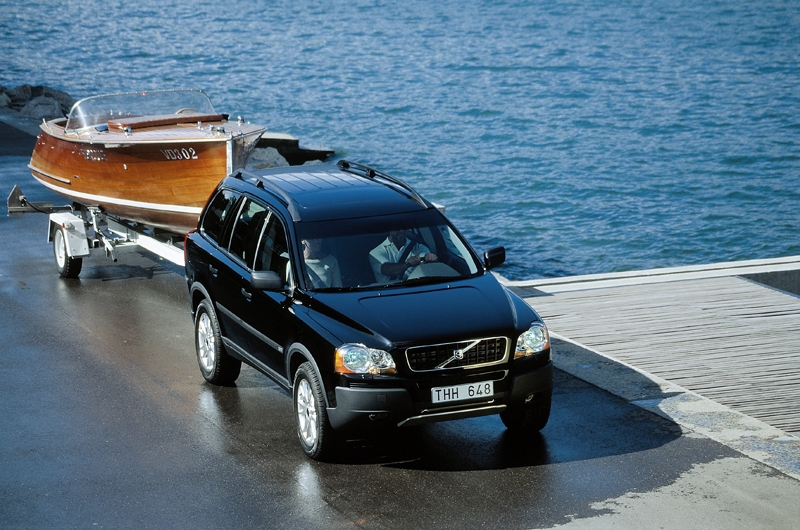
The Volvo XC90 was launched with a range of five and six-cylinder engines. All were transversely mounted in accordance with Volvo's powertrain concept. In 2004, the range was extended with a powerful, transversely mounted V8 engine made of aluminium, which was combined with a six-speed automatic gearbox.
